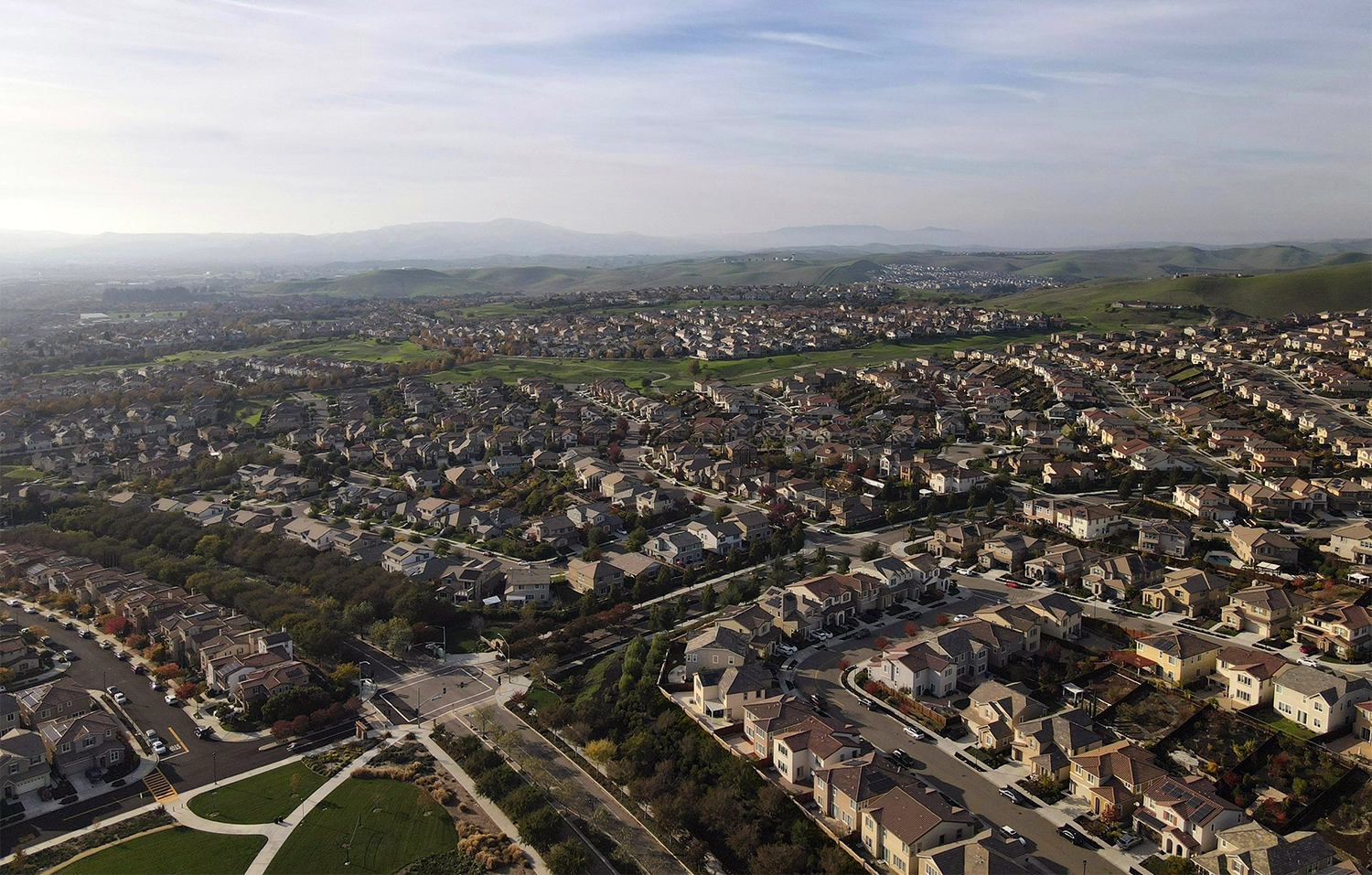Do Americans Have an Equal Chance at Life? It Comes Down to Demographics

PREMIUM CONTENT for MEMBERS ONLY
The American Dream portrays an idea that everyone has the opportunity to succeed and attain a better life, but this belief is challenged when we look at the significant differences in life-expectancy across the country. While money can’t buy happiness, new research indicates that it does have the potential to buy a longer life. In America, wealth is the driving factor of life expectancy.
Unlike other wealthy countries, life expectancy in America has taken a significant fall due to the effects of Covid-19. According to the Centers for Diseases Control and Prevention (CDC), the life expectancy in the United States faced a two-year decline in 2019-2020, making the average age 76 years old. This significant two-year decline was the worst seen in U.S. life expectancy since 1921-1923. But an even more shocking result is that there is now a 20-year difference in life expectancy between regions in the U.S. Research shows that the driving factors behind who gets a fair shot at a long and healthy life comes down to wealth, race, education, and location.
“But an even more shocking result is that there is now a 20-year difference in life expectancy between regions in the U.S.”
The life expectancy in America is quite distinct compared to other wealthy countries. America’s 20-year age gap in life expectancy is significantly based on which region you are located in. Research has made it possible to draw a clear conclusion that wealthier Americans have a better chance of living a longer life. Places with high household incomes and low household incomes have a drastic difference between life expectancy rates. Americans living in cities like Aspen, Colorado and Santa Clara, California are able to live to 87 years old on average while reporting a median household income of hundreds of thousands of dollars. Meanwhile, Americans in poorer cities such as Owsley County, Kentucky and Union County, Florida, live until 67 years old on average and report a median household income of around $35K on average. This significantly high correlation between household income and longevity in America, highlights the unfortunate truth that money can buy better health outcomes and a longer life.
Poverty has been understood to be a leading risk factor of death, and a low income leads to low quality health outcomes. Low-income regions in the United States have difficulty accessing affordable healthcare, so they are not always able to get the medical support they need. Furthermore, they are more likely to live in food deserts, where their area lacks access to fresh food therefore increasing their intake of ultra-processed foods and leading to diet related health problems such as obesity and heart disease. They also have a higher chance of developing lung cancer since they are often living closer to toxic sites.
By taking a deeper dive into the communities within the U.S., we’re able to see even bigger issues that Americans are facing. Black communities are being faced with almost a five-year age penalty when it comes to life expectancy compared to White males. In every state, Black Americans are faced with a lower average lifespan, which is largely based on the lack of high-quality healthcare that black Americans are receiving for health conditions such as cancer, heart disease, prenatal/maternal health, and even overall preventive healthcare. Other factors contribute to the problem, such as the negative health effects of discrimination, chronic ddaily stress, high crime rates and a poor diet.
The devastating lack of care that Black Americans are receiving is emphasized in Pemiscot County, Missouri, where the difference in life expectancy is painfully high. Pemiscot County has one public hospital in the entire county that nearly closed about 10 years ago. It is the region with the highest poverty rate in Missouri, where 25% of residents are Black. Black Americans living here are faced with a life expectancy of 64 years on average. The majority of Americans retire during their mid to late sixties, meaning that these individuals are essentially left to work until they die.
t
“Black Americans living here are faced with a life expectancy of 64 years on average. The majority of Americans retire during their mid to late sixties, meaning that these individuals are essentially left to work until they die.”
Every American deserves a fair chance at life which is why state policies need to be put in effect to increase life expectancy. There are multiple factors at play which drive the regional divide in overall lifespan. Abortion access, preventing drug overdose, financial support, and stronger gun laws are important steps that can be taken to increase lifespan. Rather than following the advice of social media influencers and new books on longevity targeted at the well to do, with recommendations for expensive supplements and dietary advice to live into their hundreds, public policy needs to focus on dealing with the root causes of shortened life and health span in vulnerable US populations.
It is important for individuals to be provided with access to safe abortions because in some U.S. regions, it is more dangerous for mothers to carry a baby to term than to have an abortion. The risk of maternal death rate is due to poor healthcare. Arkansas in particular has a 50% higher risk of death for expecting mothers than the average risk nationwide. There is 75x more of a risk for mothers in Mississippi to carry their pregnancy to term than to have an abortion. The dangerous risk factors associated with pregnancy in some of these regions support the belief that every American should have access to safe abortions.
“There is 75x more of a risk for mothers in Mississippi to carry their pregnancy to term than to have an abortion.”
Drug overdoses are a leading risk factor of shorter life expectancy. The CDC shared that half of the unintentional deaths reported last year are estimated to be due to drug overdoses. McDowell County, West Virginia has the highest rate of opioid related deaths nationwide, as well as one of the lowest life expectancies.
Another way to increase lifespan in states is through financial support programs. The Earned Income Tax Credit (EITC) and Child Tax Credit (CTC) have been wildly successful when it comes to poverty alleviation in America. Residents in states who implement both the EITC and CTC have been shown to live two years longer in comparison to those who have not implemented these programs. Additionally, Medicaid has been shown to decrease premature death by around 50%. States were able to save more than 200 lives per every 100,000 individuals by expanding this program.
Increased gun control is another important factor to bridging the large gap between life expectancy. The South has less gun control and has lost 5.7 million years in life expectancy between 2008-2019. Meanwhile, regions such as the Northeast who have stricter regulations only saw one fifth of that loss in comparison. Guns have also become the number one killer to the lives of children and by enforcing stricter gun laws, we could add three years to the lives of every 5-year-old child living in the South.
Improving the overall life expectancy between U.S. regions is not an impossible task, and it can be done with government intervention and stronger state policies. No person should be faced with 20 years less at life simply based on their race, gender, location, education status, etc. Reviewing the data can help allow for states to put in the most effective solutions into place to allow for an equal chance at a long and healthy life that is not simply based on demographics alone.

Amanda Johnson is a recent graduate from the University of Southern California where she received her degree in Psychology. In addition to her university studies, she earned her Integrative Nutrition Health Coach certification from the Institute of Integrative Nutrition (IIN).
✓ This article was reviewed and approved by Emeran Mayer, MD